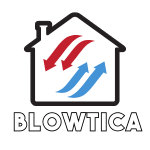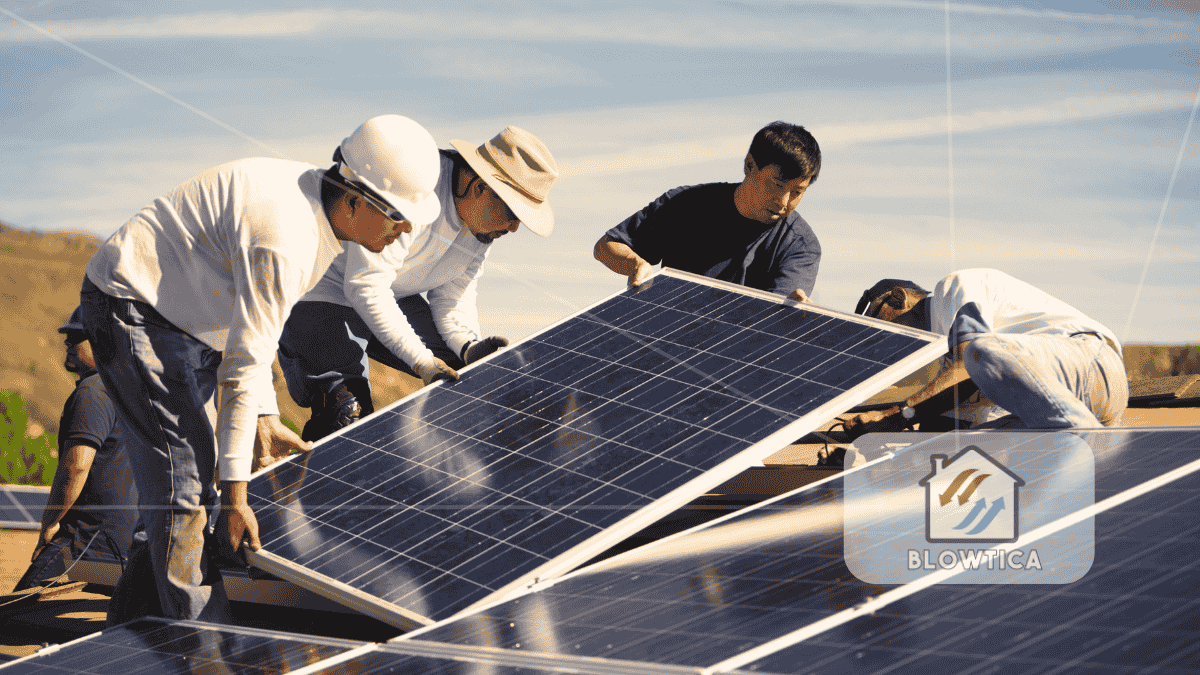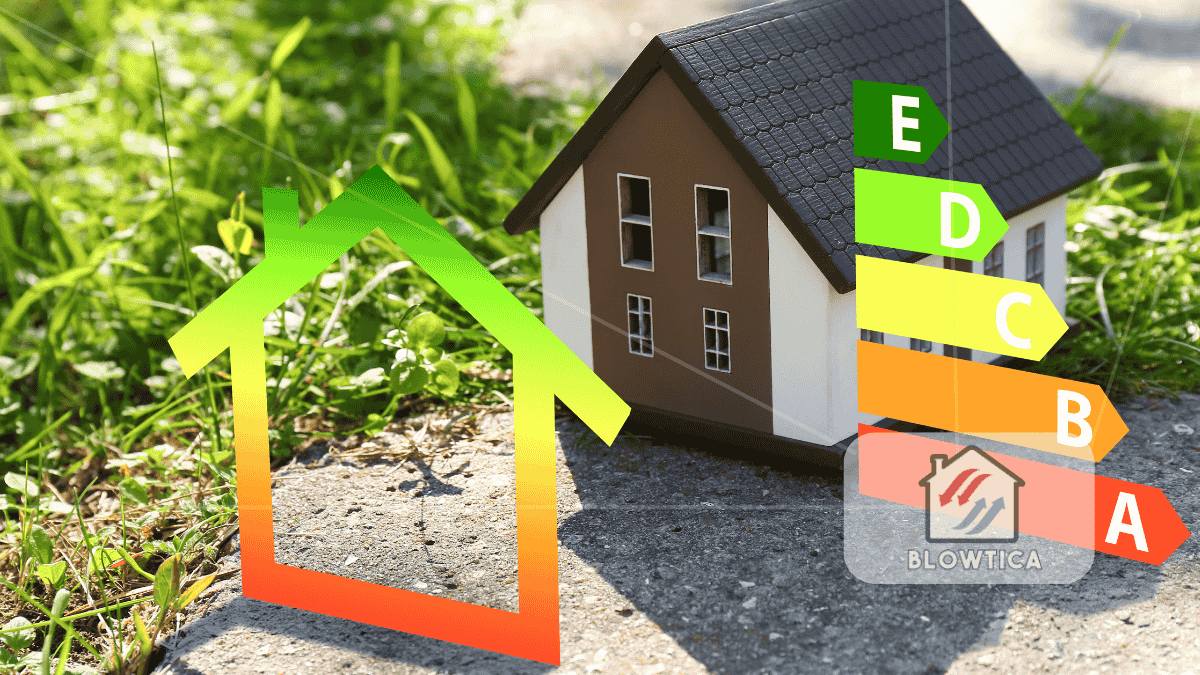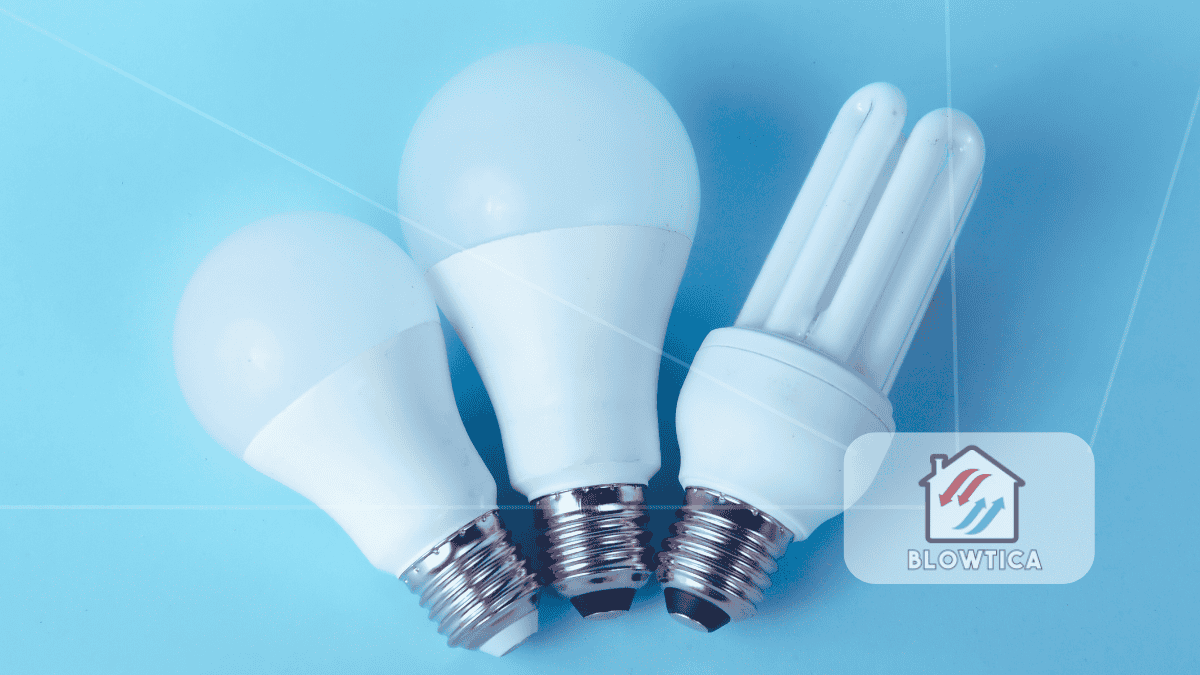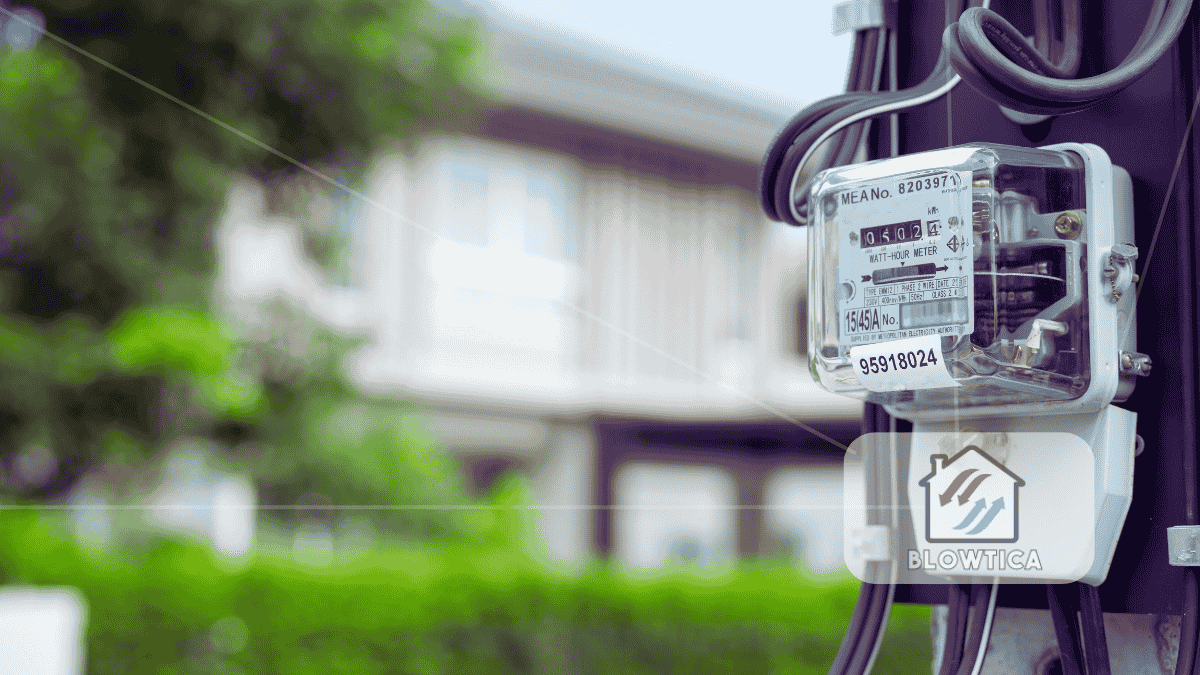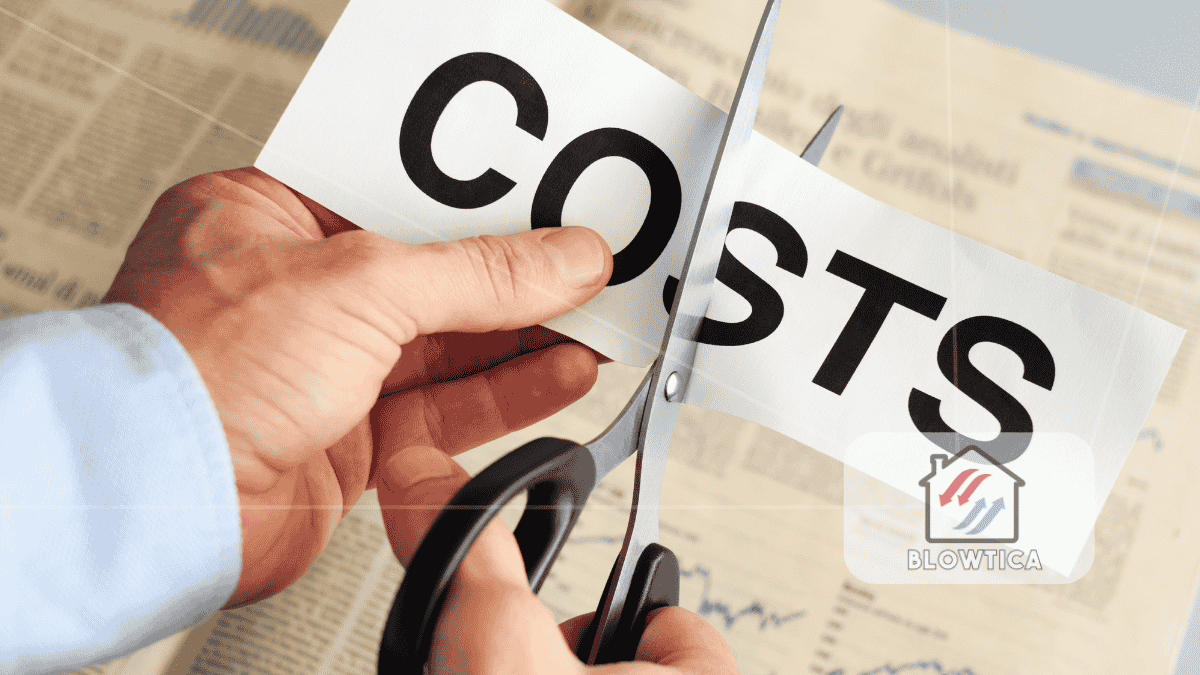
The HVAC industry is undergoing rapid evolution, and 2025 is poised to be a pivotal year. With the rise of smart technology, sustainability mandates, and global market expansion, the industry is not just growing, it’s transforming. This guide explores the 2025 HVAC trends shaping the future of heating, ventilation, and air conditioning.
Artificial Intelligence: The Brains Behind the System
AI has moved from experimental to essential in HVAC systems. In 2025, artificial intelligence is deeply embedded across residential and commercial installations, influencing everything from predictive analytics to adaptive controls.
As a result, predictive maintenance is now commonplace. AI monitors temperature fluctuations, pressure levels, and energy use to forecast issues before they occur. Consequently, this reduces service calls, extends the life of equipment, and minimizes downtime.
Beyond maintenance, AI enables systems to learn user behavior. Modern HVAC units automatically adjust for seasonal shifts, peak occupancy hours, and local utility rates. Therefore, homeowners and building managers benefit from more efficient, hands-off climate control.
Moreover, AI modeling tools now allow engineers to create digital twins, virtual models of HVAC systems that simulate performance in real-world conditions. These tools make system design faster, more accurate, and less wasteful.
Green Technology: Beyond Energy Efficiency
In fact, green HVAC isn’t just about saving energy; it’s about transforming how systems are powered, built, and maintained.
Therefore, electrification is central to this change. As fossil fuel restrictions tighten worldwide, electric heat pumps and hybrid systems are replacing oil and gas units. With innovations in low-temperature performance, heat pumps are now viable even in colder climates.
More HVAC systems now use low-GWP refrigerants like R-32 and R-290. HVAC manufacturers are reengineering equipment to run on alternatives like R-32 and R-290, helping to curb climate impact while maintaining cooling power.
Materials and manufacturing processes are also seeing an eco-upgrade. Manufacturers are increasingly designing HVAC systems in 2025 for recyclability and reduced lifecycle emissions. Expect more modular, easy-to-repair designs that minimize environmental impact.
Renewable Integration: The Energy Loop
HVAC systems and renewable energy are becoming tightly linked.
Manufacturers will design many HVAC systems in 2025 to synchronize with solar panels, wind turbines, and battery storage. HVAC units operate during peak renewable output thanks to these integrations, balancing grid load and reducing energy bills.
Smart inverters and controllers can now automatically prioritize when to use stored versus grid power. This is especially useful in regions with time-of-use pricing or unstable grid infrastructure.
Some builders are incorporating HVAC into zero-energy home designs, where every element—insulation, windows, appliances, and climate control, works together to minimize net energy consumption.
Air Quality: Essential, Not Optional
The pandemic shifted public expectations about indoor air quality (IAQ), and those expectations have only solidified in 2025.
Now, IAQ is a selling point. Most modern HVAC systems include sensors that track carbon dioxide levels, particulate matter, and humidity. When thresholds are exceeded, the system adjusts ventilation rates or boosts filtration automatically.
Consequently, manufacturers now integrate air purification technologies directly into HVAC units instead of offering them as add-ons. UV-C light, electrostatic filters, and ionization systems are being widely adopted, especially in schools, hospitals, and office buildings.
In wildfire-prone regions, IAQ features are no longer optional. Filtration against smoke particles and volatile organic compounds (VOCs) is crucial for both comfort and health.
Smart Homes and Building Automation
The rise of IoT-enabled systems is changing how buildings manage HVAC.
HVAC components now communicate with entire building management systems (BMS), adjusting operations based on real-time data. Lighting, occupancy sensors, and energy meters are all interconnected, allowing the building to function as an intelligent, responsive environment.
Wireless sensor networks eliminate the need for complex retrofits. Buildings of any age can be upgraded with intelligent HVAC systems, making smart climate control accessible beyond new construction.
HVAC technicians are taking on new roles as technology reshapes their responsibilities. Remote diagnostics and cloud-based controls allow service providers to troubleshoot systems from anywhere, improving response times and reducing labor costs.
Skills Shortage and Workforce Innovation
A major but often overlooked factor in the 2025 HVAC trends is the talent crunch.
As systems get smarter, the need for digitally fluent technicians is urgent. Today’s HVAC pros are expected to understand software interfaces, data analysis, and programmable controllers.
Training programs are being updated. Trade schools, unions, and manufacturers are introducing AI and IoT modules, and many field technicians now use augmented reality tools to assist in complex repairs or system configuration.
Still, the gap persists. Companies are investing in workforce development through online academies, mentorship programs, and automation tools that reduce the learning curve.
Global Market Expansion: New Frontiers
The global HVAC market is poised to surpass $300 billion in 2025. This growth isn’t just coming from mature markets, it’s happening worldwide.
In emerging economies, rising middle-class demand and rapid urbanization are driving the installation of modern HVAC systems in homes, schools, and businesses. Countries in Southeast Asia, Latin America, and Sub-Saharan Africa are investing in systems that prioritize efficiency and durability.
In developed countries, the focus is on upgrading legacy infrastructure. Retrofitting old buildings with high-efficiency HVAC units has become a priority, helped by government incentives and sustainability mandates.
Investors in venture capital and private equity are actively driving this expansion. Startups focused on climate tech, smart HVAC, and sustainable manufacturing are attracting record levels of funding.
Regulation: Driving Innovation
As climate policy evolves, HVAC regulations are becoming more aggressive and more complex. These changes are not roadblocks, they’re accelerators for innovation.
- Refrigerant restrictions under the Kigali Amendment are pushing companies to adopt safer, low-GWP options.
- Energy codes and certifications, like LEED, WELL, and Energy Star, are being updated to reflect new standards in efficiency and IAQ.
- Building electrification mandates in cities like New York and San Francisco are accelerating the shift to all-electric HVAC systems.
Compliance is not just about checking boxes anymore. It’s part of a brand’s value proposition. Companies that meet or exceed regulatory standards are building trust and gaining market share.
Customer Demands: The Personalization Era
As a result, consumers are no longer passive users. In 2025, they expect HVAC systems that are intuitive, responsive, and aligned with their values.
Users want app-based control, real-time alerts, and customization. Most smart HVAC units now work seamlessly with voice assistants, giving users hands-free command over their environment.
Aesthetic considerations also matter. HVAC systems are being designed to blend with architectural styles, with compact indoor units, quiet operation, and flexible installation options.
For environmentally conscious buyers, carbon tracking is a new feature. Some HVAC apps show users how much energy they save and what that means for their carbon footprint.
The Bottom Line: Adapting to the 2025 HVAC Trends
The 2025 HVAC trends reveal an industry that is not just advancing, it’s adapting to a world where technology, environment, and user experience intersect.
AI is optimizing performance. Green technologies are reshaping manufacturing. The global market is growing, and customer expectations are rising. For professionals in the field, the choice is clear: evolve or be left behind.
Understanding and embracing these trends isn’t just a smart strategy, it’s essential for anyone in the HVAC space who wants to stay competitive in 2025 and beyond.
The HVAC systems of tomorrow are already here, and they’re smarter, cleaner, and more connected than ever. The real question is: Are you ready?
